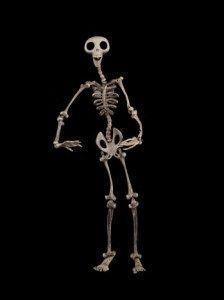

Up to 500 metres of sediments were deposited in some areas. It is thought that the sediments were deposited very slowly, probably half a millimetre a year, equivalent to about 180 coccoliths piled one on top of another. The sea bottom was covered with white mud formed from fragments of coccoliths, the skeletons of tiny algae that floated in the surface waters and sank to the bottom and, together with the remains of bottom-living creatures, formed muddy sediments. Geology The cliffs' multiple layers of flint match those seen across the channel at Cap Gris Nez, France, evidence of a land connection between England and France in prehistoric times.ĭuring the Late Cretaceous, between 100 and 66 million years ago, Great Britain and much of Europe were submerged under a great sea. The Gateway building, designed by van Heyningen and Haward Architects, houses a restaurant, an information centre on the work of the National Trust, and details of local archaeology, history and landscape. In 1999 a sustainable National Trust visitor centre was built in the area. The White Cliffs are at one end of the Kent Downs designated Area of Outstanding Natural Beauty.

The chalk cliffs of the Alabaster Coast of Normandy in France are part of the same geological system. On a clear day the cliffs are visible from the French coast. The cliffs are part of the coastline of Kent in England between approximately 51☀6′N 1☁4′E / 51.100°N 1.233☎ / 51.100 1.233 and 51☁2′N 1☂4′E / 51.200°N 1.400☎ / 51.200 1.400, at the point where Great Britain is closest to continental Europe-the Strait of Dover is a distance of approximately 20 miles (32 km) across. Location Extent of the White Cliffs of Dover
Cliff burton skeleton sketch series#
A celebrated UK landmark, the cliffs have featured on commemorative postage stamps issued by the Royal Mail, including in their British coastline series in 2002 and UK A-Z series in 2012. The point where Great Britain is closest to continental Europe, on a clear day the cliffs are visible from France (approximately 20 miles (32 km) away). The cliffs are part of the Dover to Kingsdown Cliffs Site of Special Scientific Interest and Special Area of Conservation. A section of coastline encompassing the cliffs was purchased by the National Trust in 2016. The White Cliffs of Dover form part of the North Downs. The cliffs, on both sides of the town of Dover in Kent, stretch for eight miles (13 km). The cliff face, which reaches a height of 350 feet (110 m), owes its striking appearance to its composition of chalk accented by streaks of black flint, deposited during the Late Cretaceous. The White Cliffs of Dover are the region of English coastline facing the Strait of Dover and France.


 0 kommentar(er)
0 kommentar(er)
